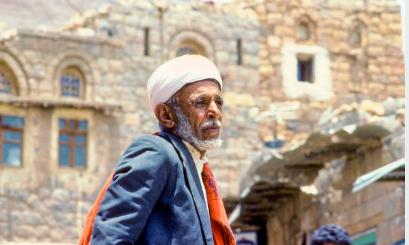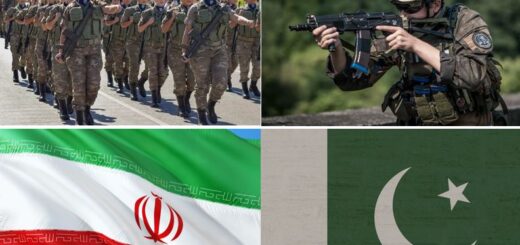Knows, how many countries falls in Asia Continent?

South Asian Countries
South Asia is a region in Asia that includes the following countries:-
Afghanistan
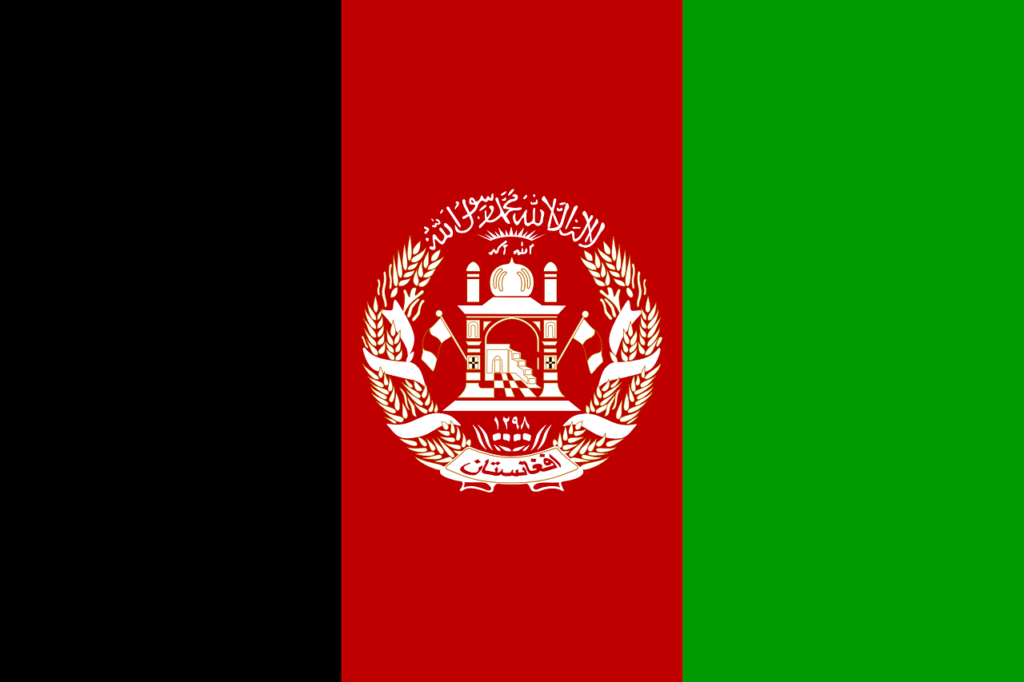
A landlocked country at the crossroads of Central and South Asia.
Bangladesh

A densely populated country located in the delta of the Ganges, Brahmaputra, and Meghna rivers.
Bhutan
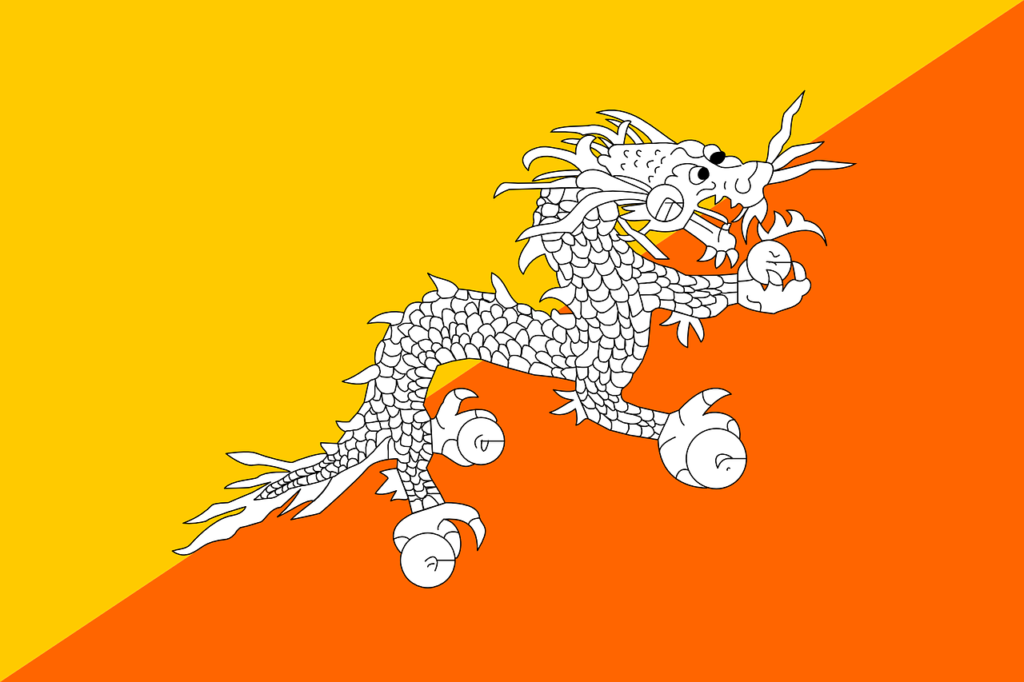
A small, landlocked country nestled in the Eastern Himalayas, known for its stunning landscapes.
India

The seventh-largest country in the world, characterized by diverse cultures, languages, and religions.
Maldives

An archipelago of islands in the Indian Ocean, known for its pristine beaches and coral reefs.
Nepal

A landlocked country with a diverse geography, including the Himalayas.
Pakistan
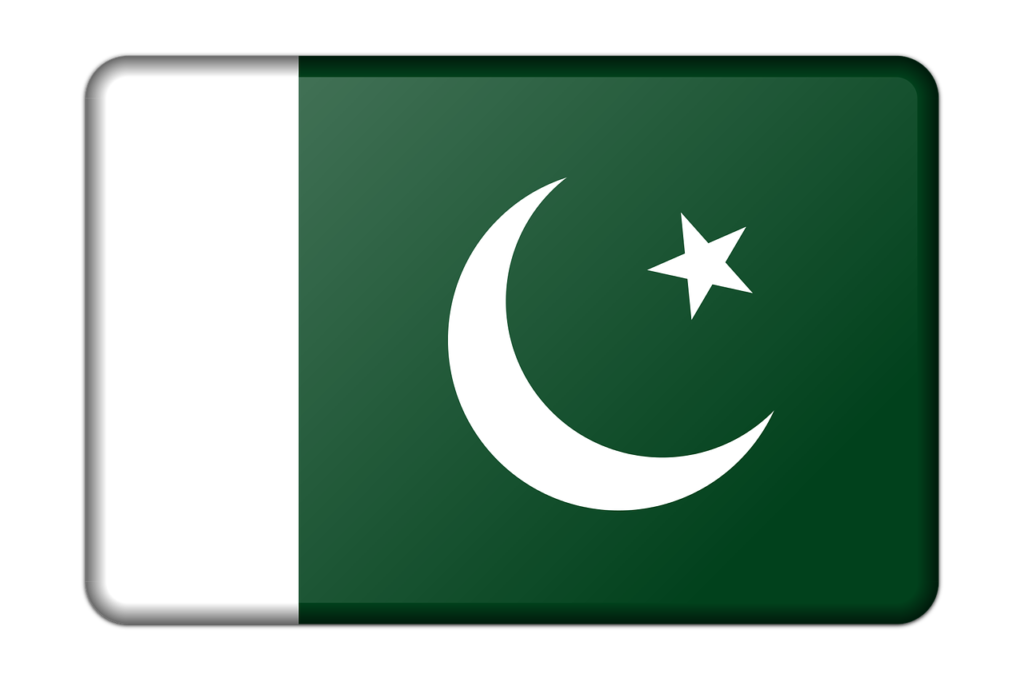
A country with a rich history, diverse landscapes, and a significant cultural heritage.
Sri Lanka
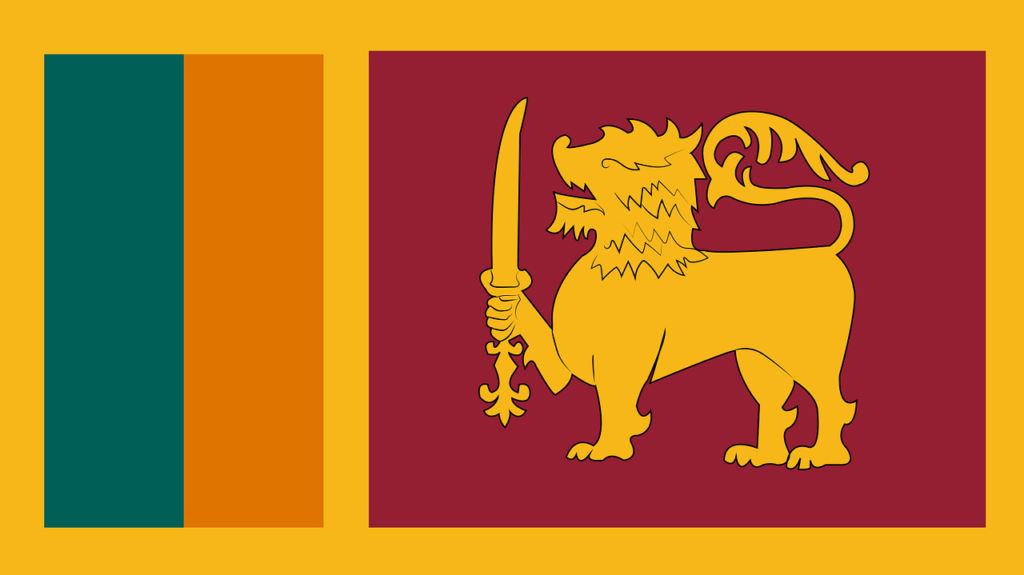
An island nation in the Indian Ocean, known for its diverse ecosystems and cultural heritage.
These countries collectively form the South Asian Association for Regional Cooperation (SAARC), which is a regional intergovernmental organization and geopolitical union in South Asia. Each country in the region has its own unique cultural, historical, and geopolitical characteristics.
North Asian countries
North Asia” is not a term commonly used in geopolitical or regional contexts. However, sometimes it is informally used to refer to the northern part of Asia, particularly the northern areas of Russia that are part of the Asian continent.
Countries and regions that could be associated with the concept of “North Asia” include:-
Russia: The Siberian and Far Eastern regions of Russia are often considered part of North Asia.
Siberia: The vast region of Siberia, which is located in the Asian part of Russia, is sometimes referred to as North Asia.
It’s important to note that the term is not as widely recognized or used as the concepts of East Asia, Southeast Asia, or South Asia, which are more commonly employed to describe specific regions within Asia.
East Asian Countries
East Asia is a region in Asia that includes several countries with diverse cultures, histories, and economies. The countries commonly considered part of East Asia are:-
China
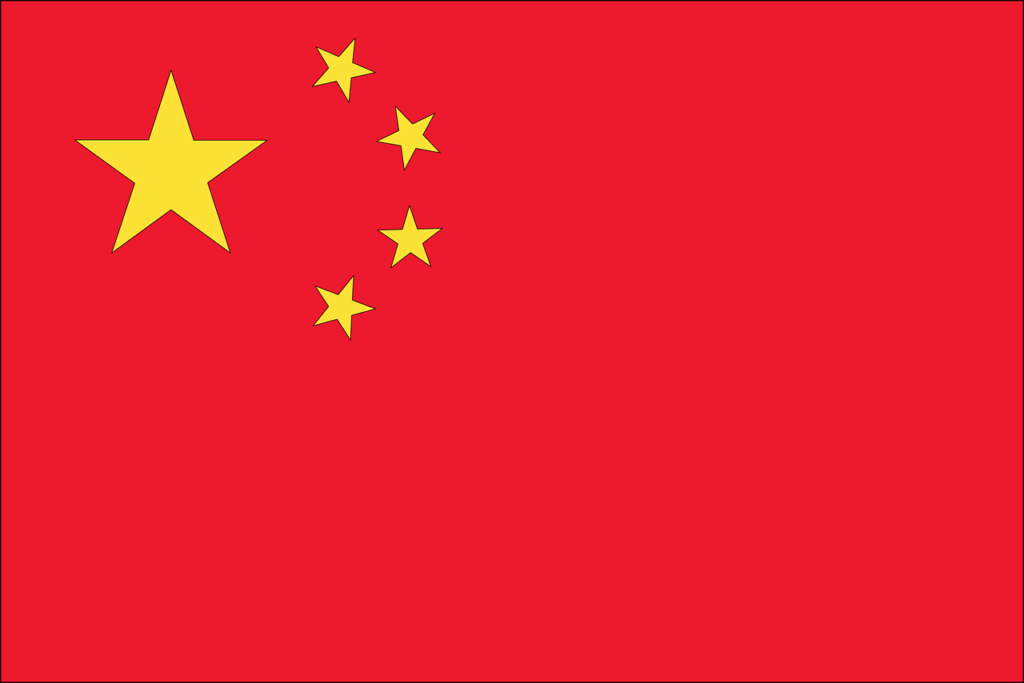
The largest country in East Asia with a rich history and a rapidly growing economy.
Japan
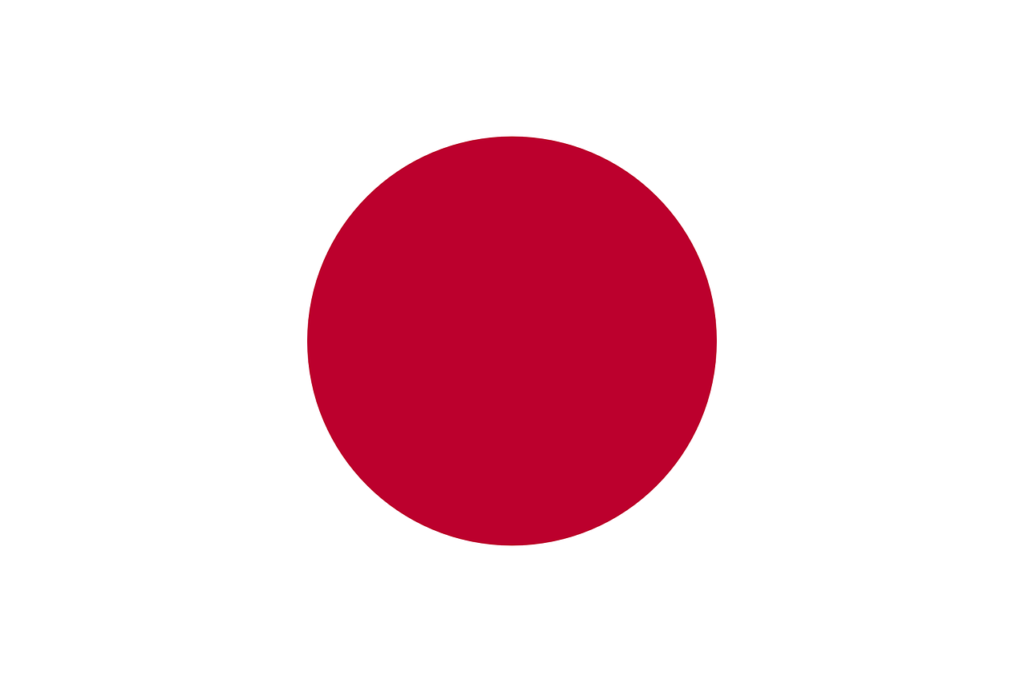
An island nation known for its technological advancements, cultural heritage, and economic strength.
South Korea

A highly developed country on the Korean Peninsula, known for its technological achievements and vibrant pop culture.
North Korea
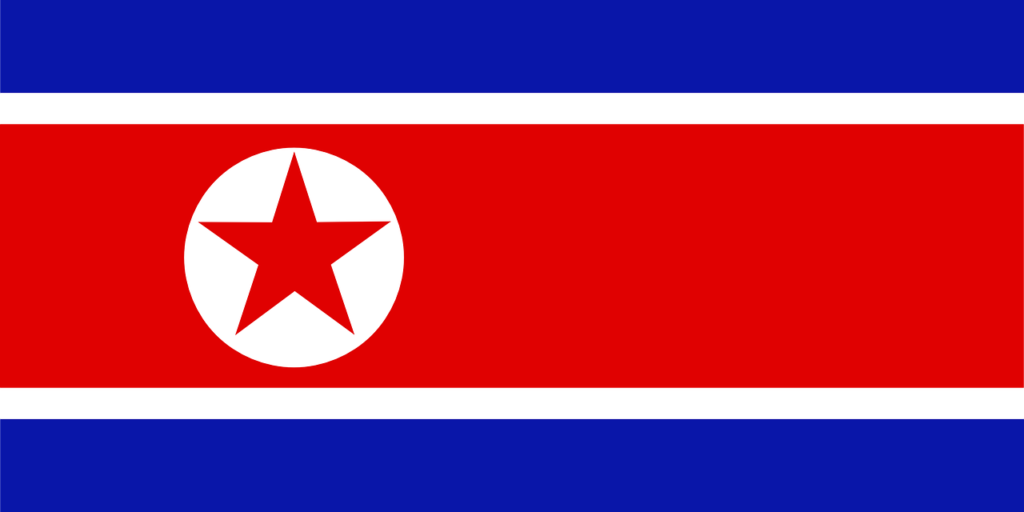
Officially the Democratic People’s Republic of Korea (DPRK), it shares the Korean Peninsula with South Korea.
Mongolia
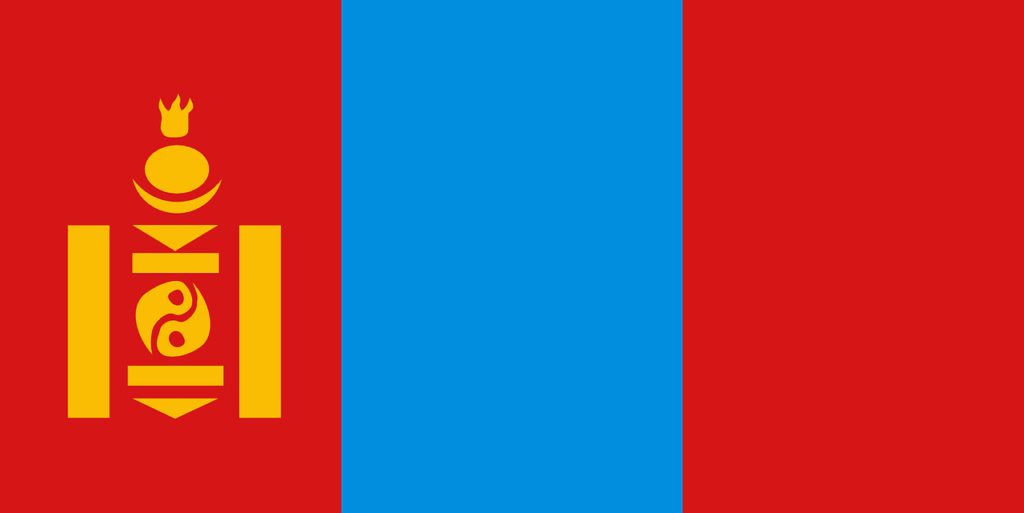
A landlocked country located between China and Russia, known for its nomadic culture and vast landscapes.
Taiwan
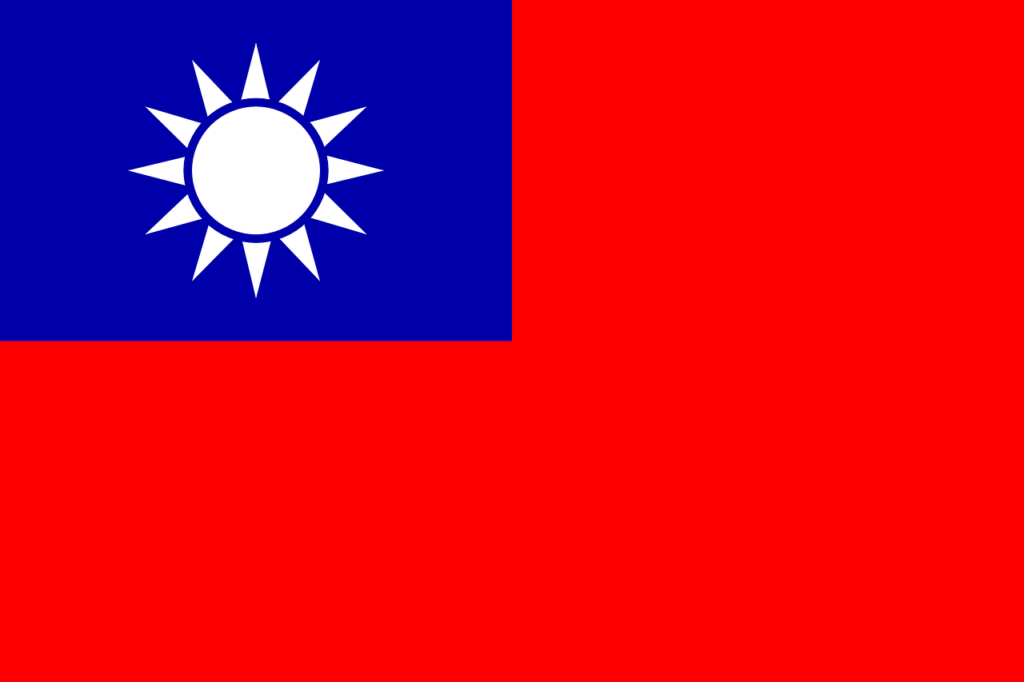
An island nation officially known as the Republic of China, though its political status is a subject of international debate.
Hong Kong (Special Administrative Region of China)
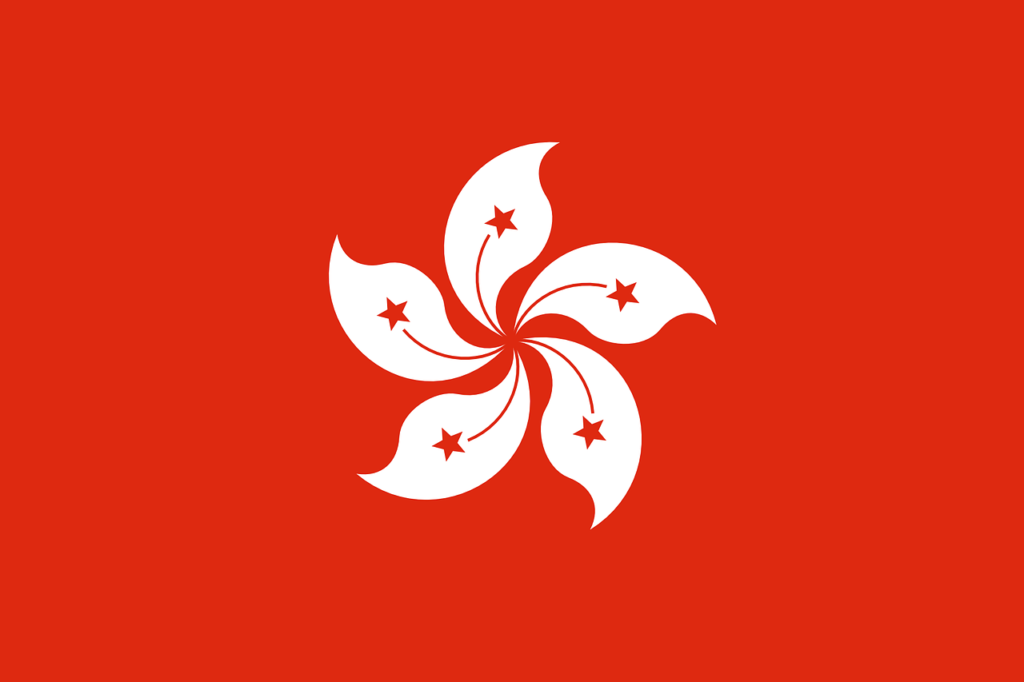
A global financial hub with a unique political status within China.
Macau (Special Administrative Region of China)

A former Portuguese colony and now a Special Administrative Region of China, known for its vibrant gaming industry.
These countries collectively form a region that plays a significant role in global politics, economics, and culture. East Asia has a diverse mix of traditional and modern elements, and each country has its own unique contributions to the global community.
West Asian / Middle East Countries
West Asia, also known as the Middle East, is a region located in Western Asia and part of North Africa. The countries in West Asia have diverse cultures, histories, and geopolitical landscapes. The term “Middle East” is more commonly used in Western contexts, while “West Asia” is gaining recognition as a more neutral and regionally accurate term. The countries typically considered part of West Asia include:-
Bahrain

Cyprus

Egypt (part of its territory is in North Africa)
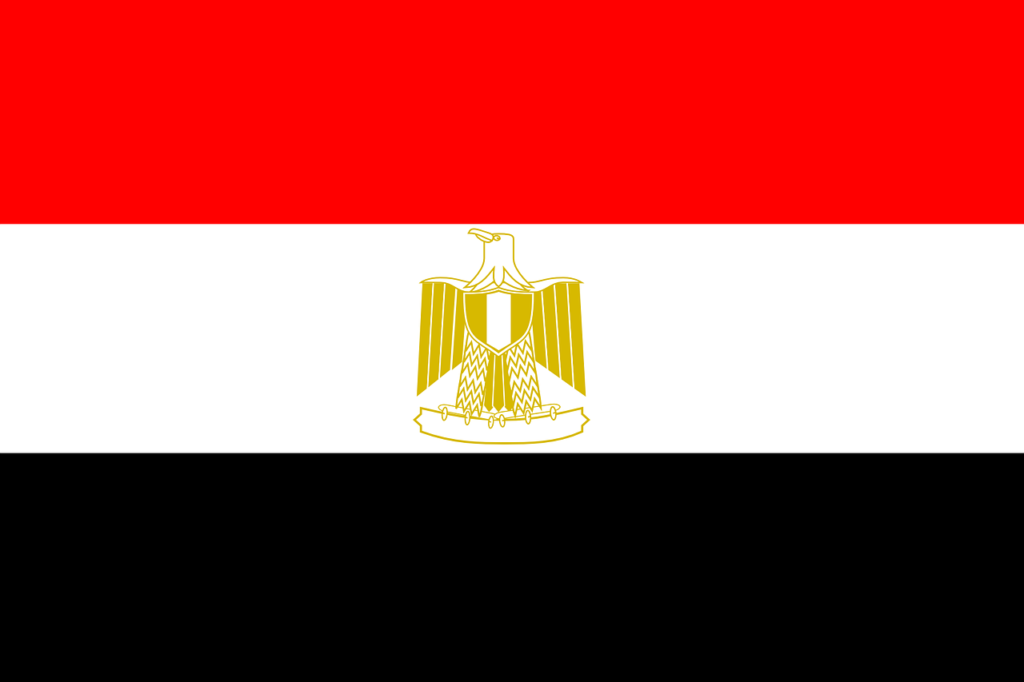
Iran

Iraq
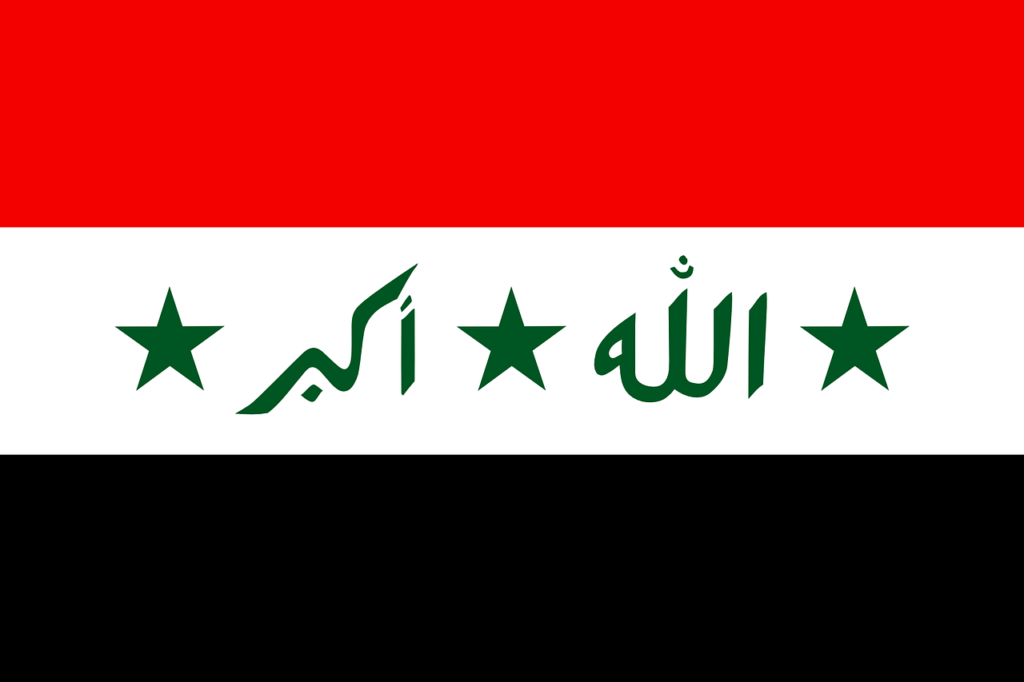
Israel
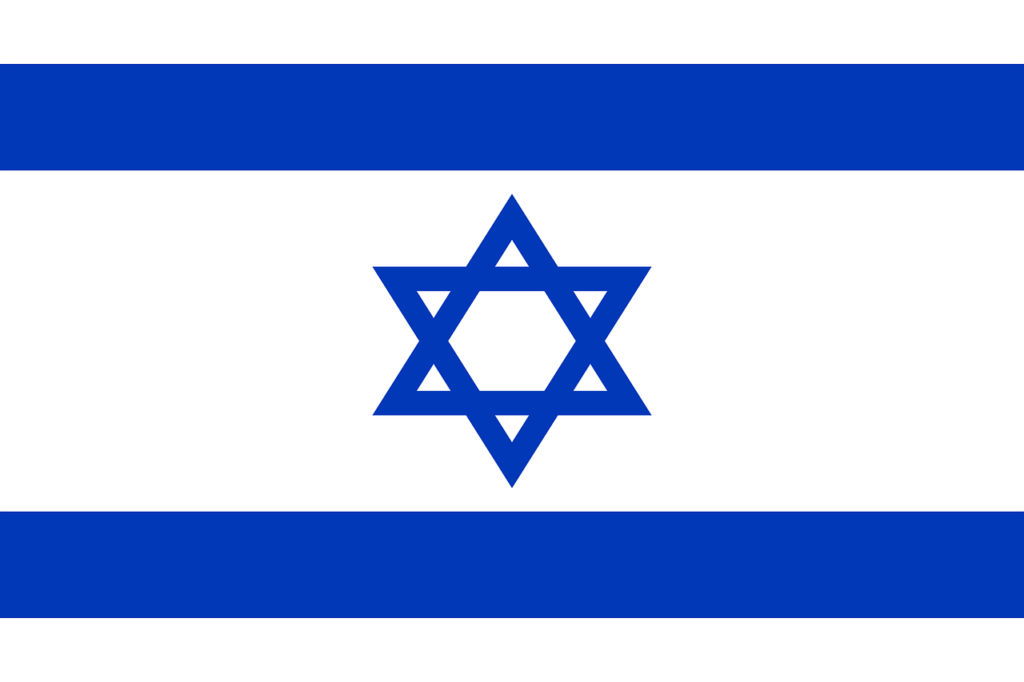
Jordan

Kuwait

Lebanon

Oman
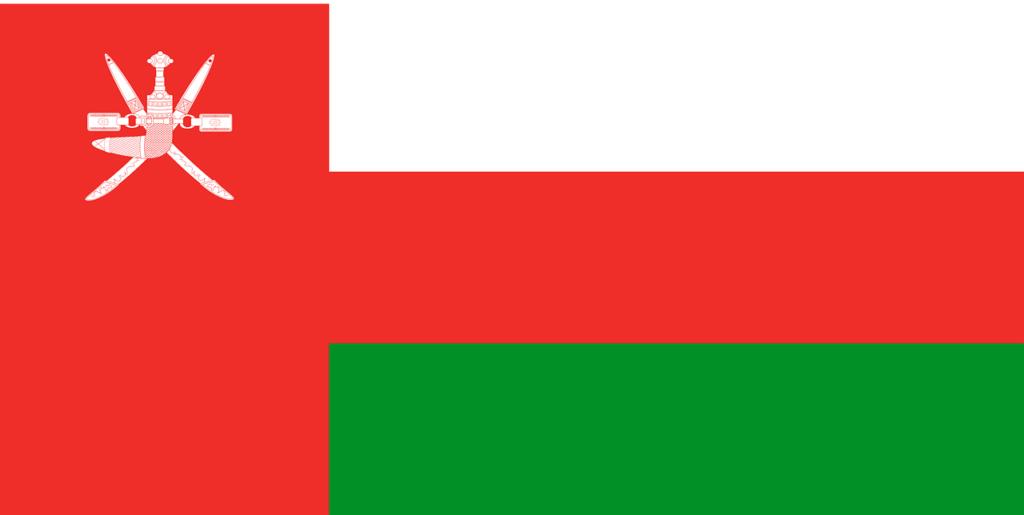
Palestine

Qatar

Saudi Arabia

Syria
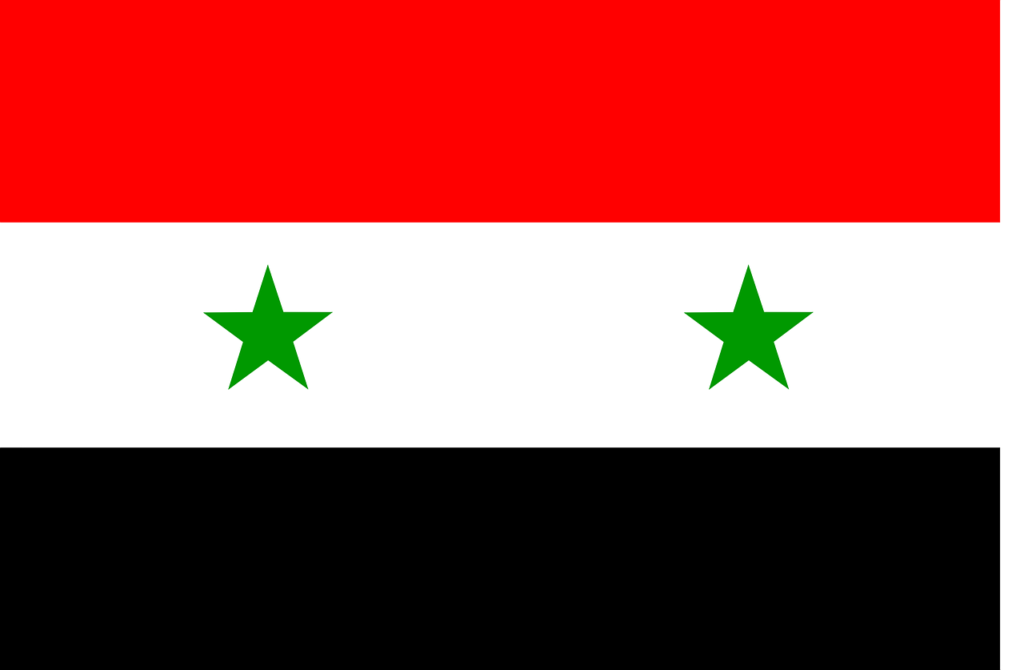
Turkey (some parts are in Southeast Europe)
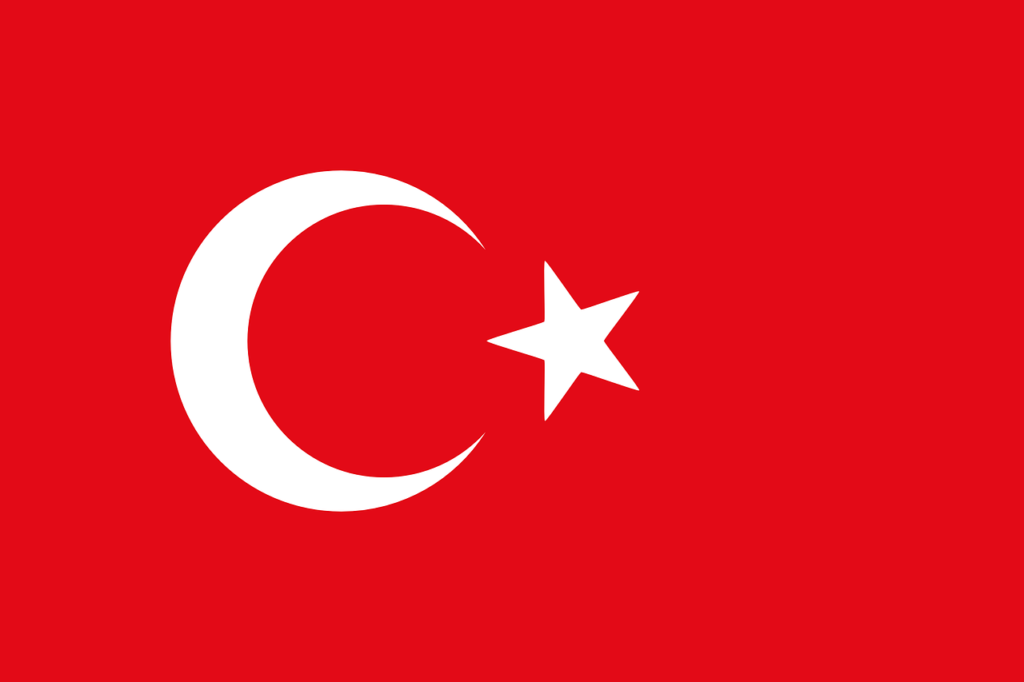
United Arab Emirates (UAE)
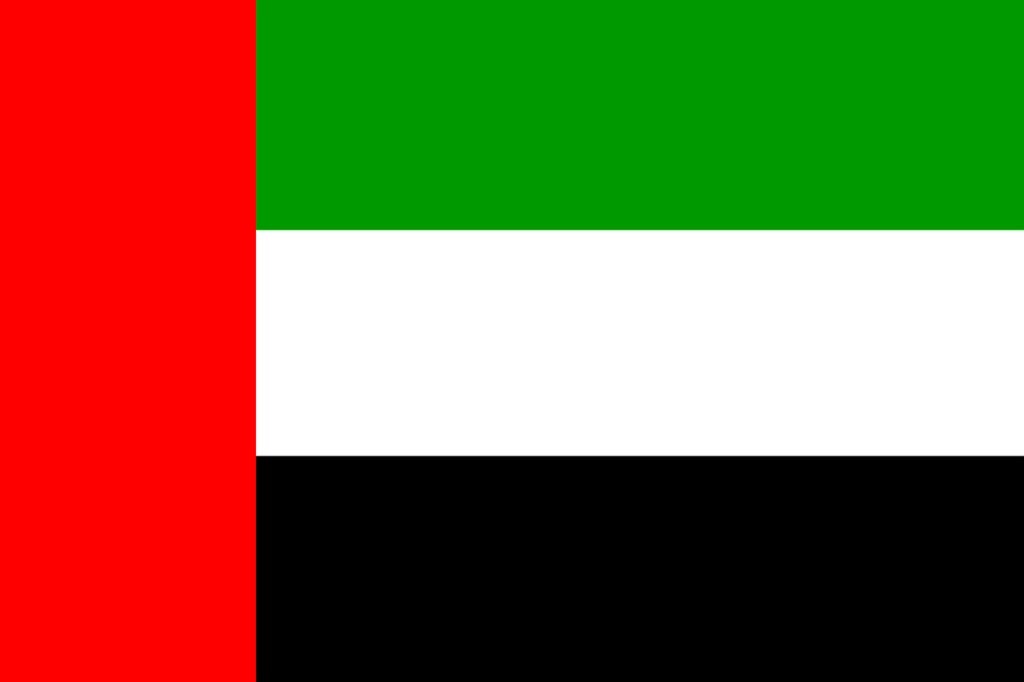
Yemen

The region is known for its rich history, cultural diversity, and significant geopolitical importance, given its strategic location at the crossroads of Europe, Asia, and Africa. The Middle East has been a center of trade, civilization, and conflict for centuries. It is characterized by a mix of ancient traditions and rapidly evolving modern societies.
Central Asian Countries
Central Asia is a region located in the heart of Asia and is characterized by its vast, landlocked expanses and diverse cultures. The countries typically considered part of Central Asia are:-
Kazakhstan
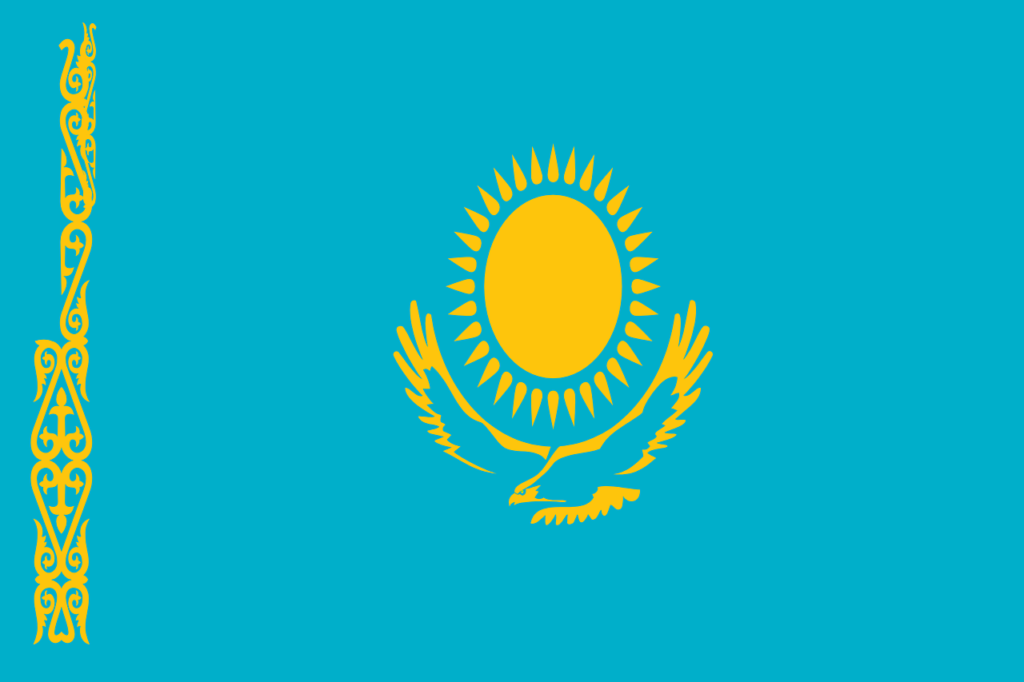
The largest country in Central Asia, known for its vast steppes, deserts, and rich energy resources.
Kyrgyzstan
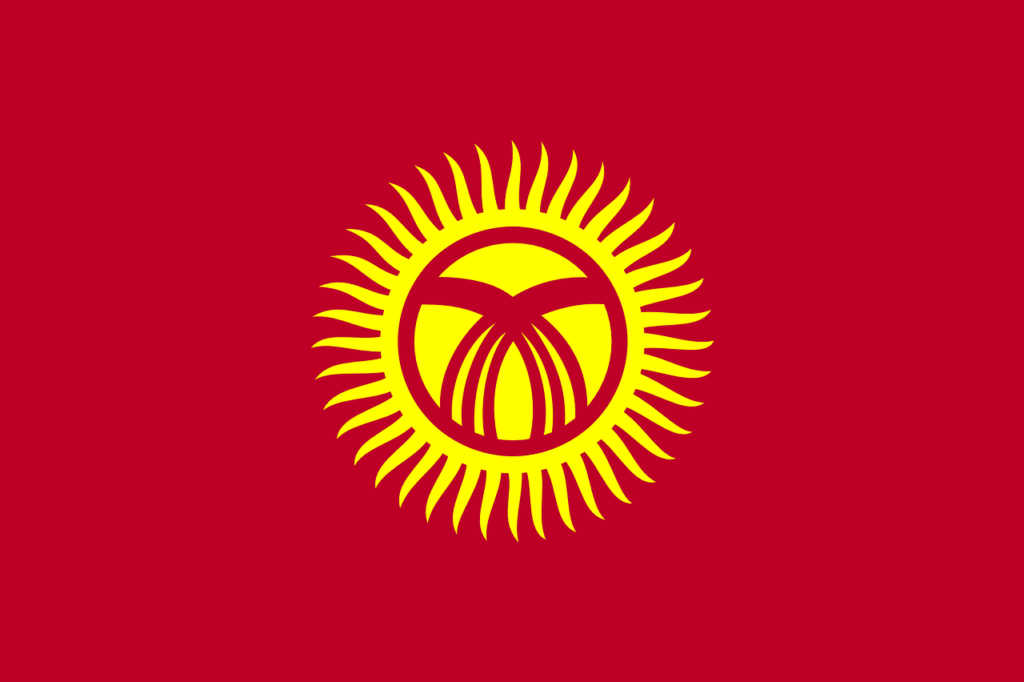
A mountainous country with a nomadic heritage and a mix of ethnic groups.
Tajikistan
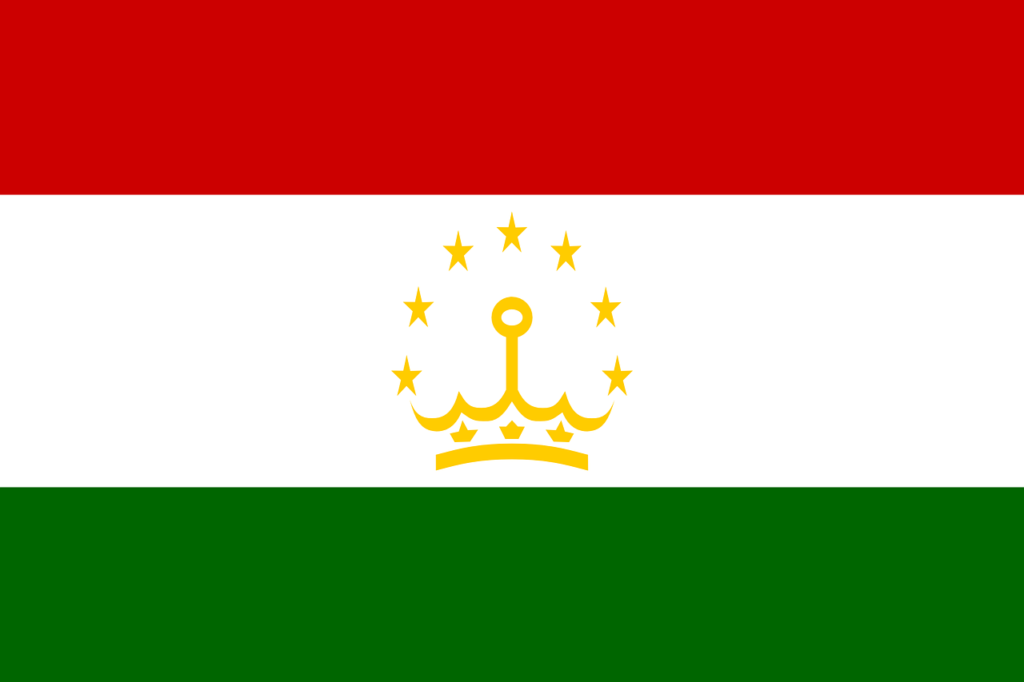
Landlocked and mountainous, Tajikistan is known for its stunning landscapes and Persian-influenced culture.
Turkmenistan
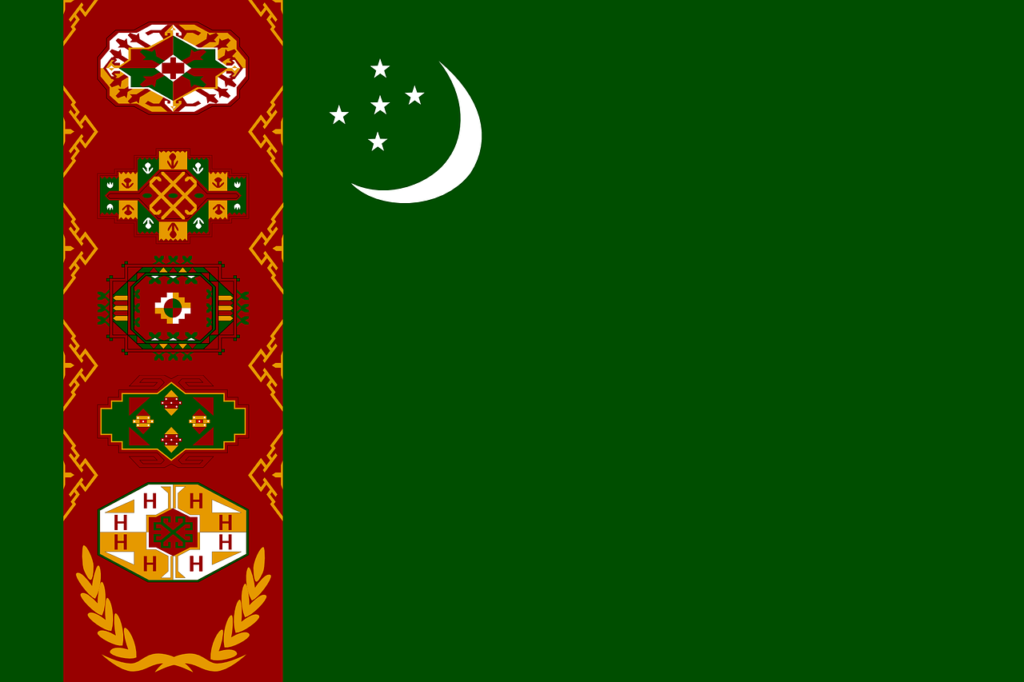
A country with a significant desert landscape and known for its natural gas resources.
Uzbekistan

Home to historic cities along the Silk Road, with a rich cultural and architectural heritage.
Central Asia has historically been a crossroads of civilizations, trade routes, and nomadic cultures. The region is known for its diverse landscapes, including vast steppes, deserts, and mountain ranges. After the dissolution of the Soviet Union, the Central Asian countries gained independence and have since been developing their economies and asserting their identities on the global stage. The region is also strategically important due to its proximity to major powers, including Russia, China, and the Middle East.
Southeast Asian countries
Southeast Asia is a region in Asia that is situated east of the Indian subcontinent and south of China. It is characterized by its diverse cultures, languages, and landscapes. The countries commonly considered part of Southeast Asia are:-
Brunei
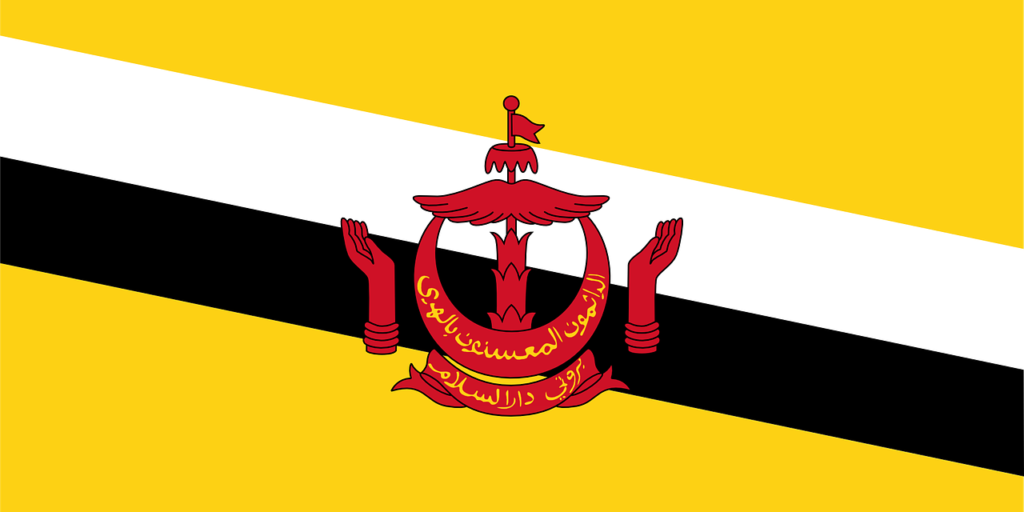
A small, wealthy country located on the island of Borneo.
Cambodia
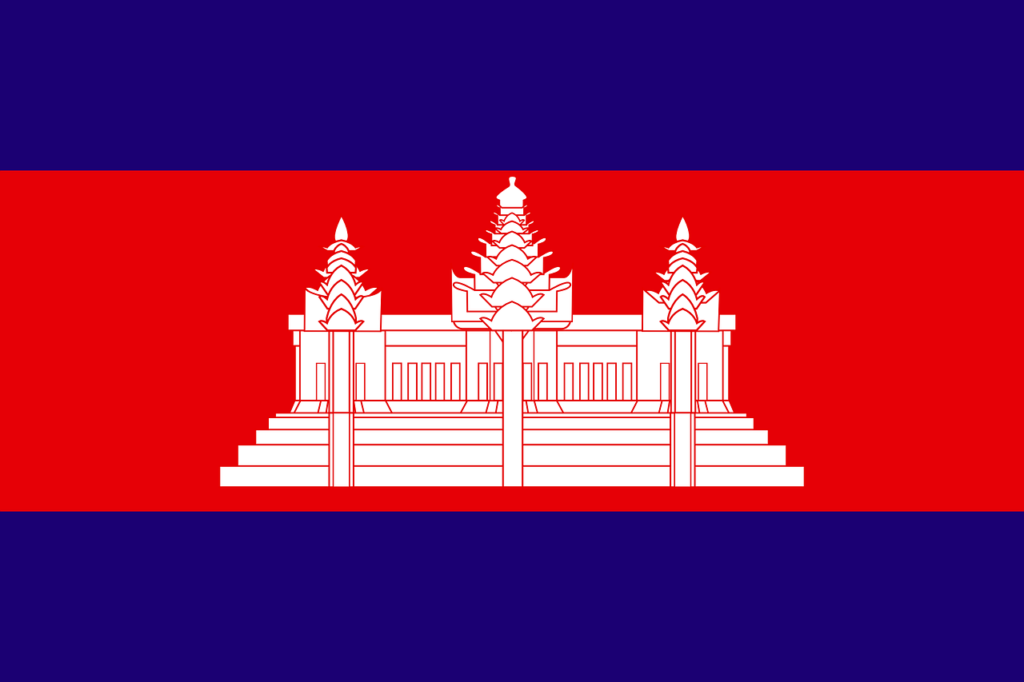
Known for its rich history, ancient temples (such as Angkor Wat), and vibrant culture.
East Timor (Timor-Leste)
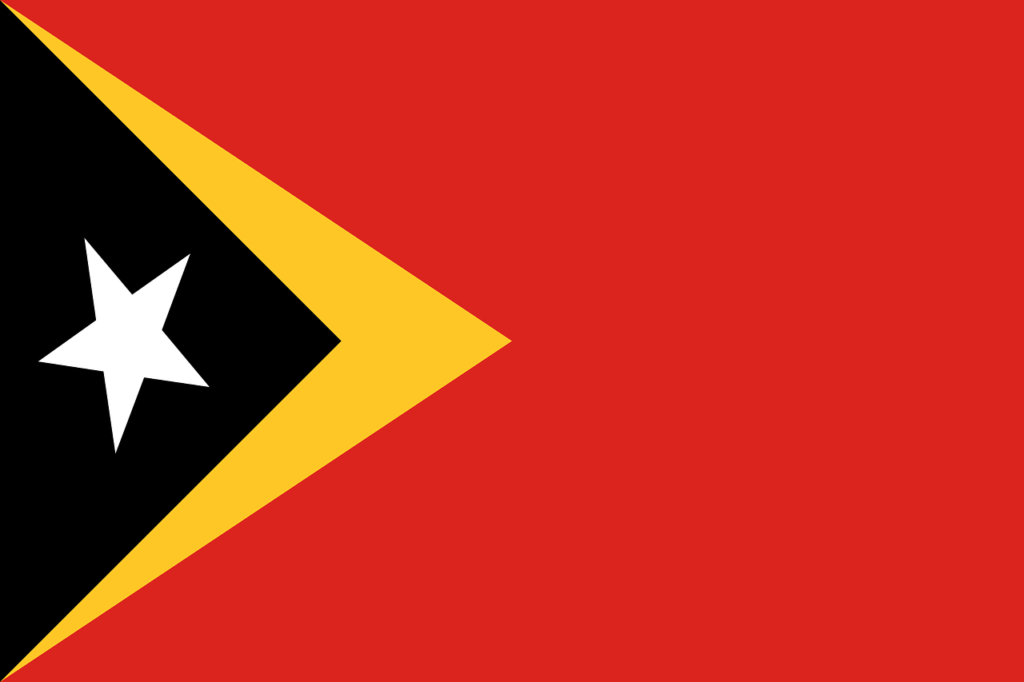
A small, newly independent nation on the island of Timor.
Indonesia

A vast archipelago with the world’s largest Muslim population and a rich cultural heritage.
Laos

A landlocked country with a mountainous terrain and a distinct, laid-back atmosphere.
Malaysia

A country with a diverse population, including Malay, Chinese, Indian, and indigenous communities.
Myanmar (Burma)
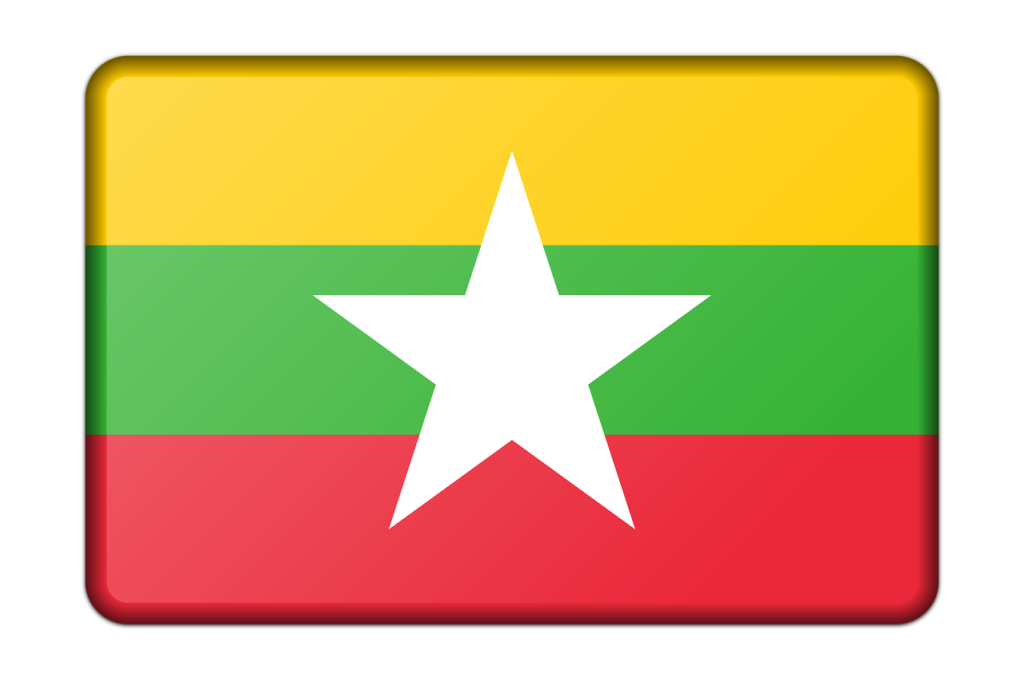
Known for its diverse ethnic groups, historical sites, and recent political changes.
Philippines
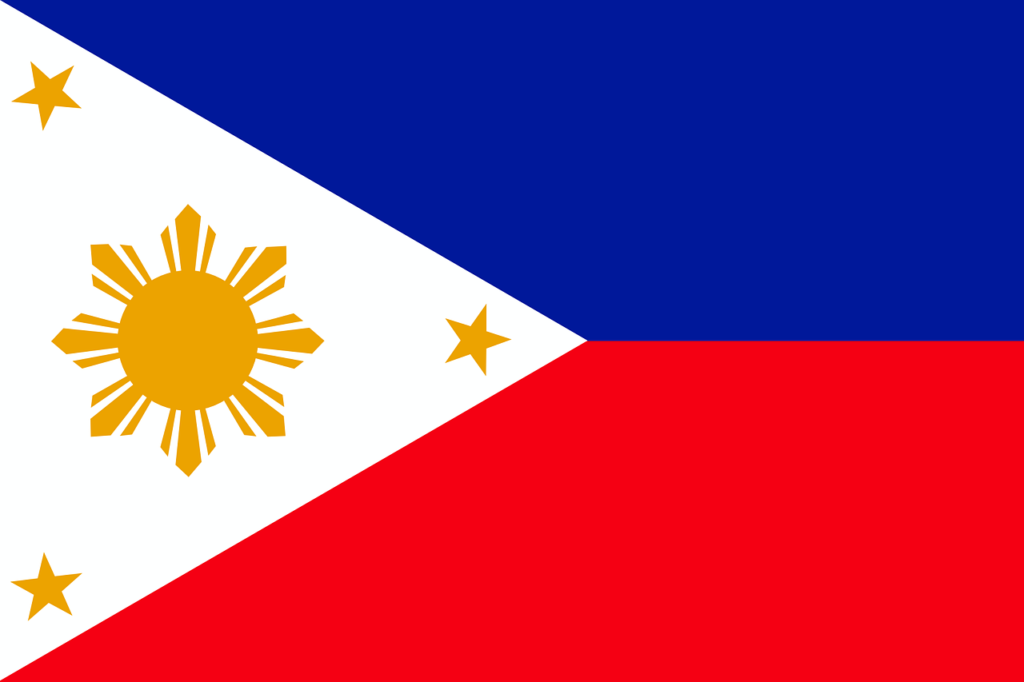
An archipelago with a mix of cultural influences, stunning beaches, and a diverse marine ecosystem.
Singapore

A city-state known for its economic prosperity, modern architecture, and cultural diversity.
Thailand
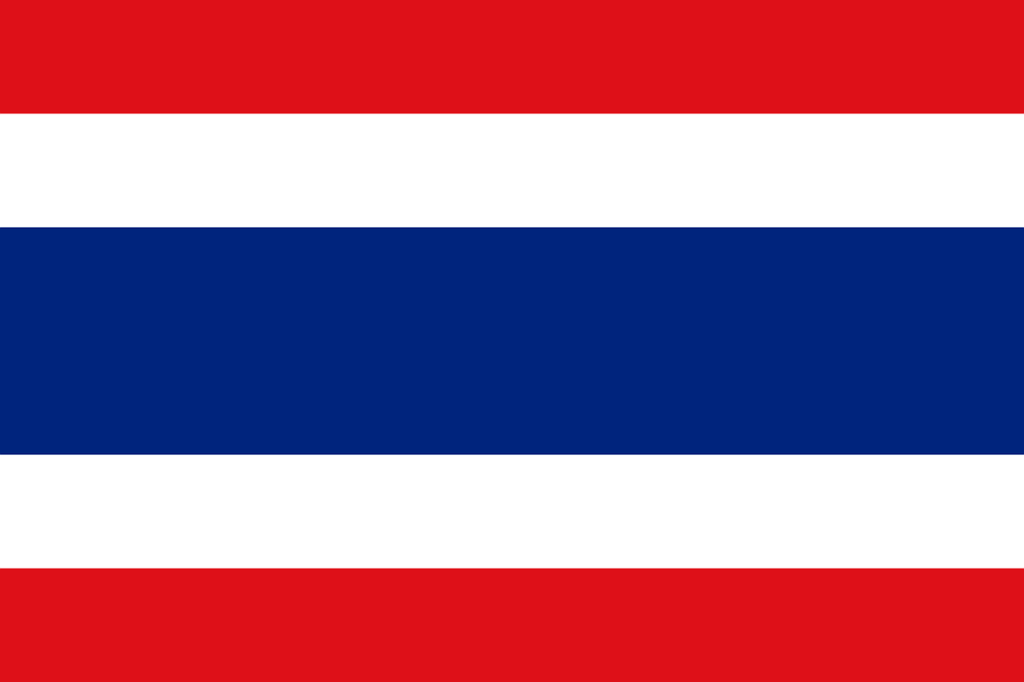
Famous for its vibrant cities, tropical beaches, and historical sites.
Vietnam
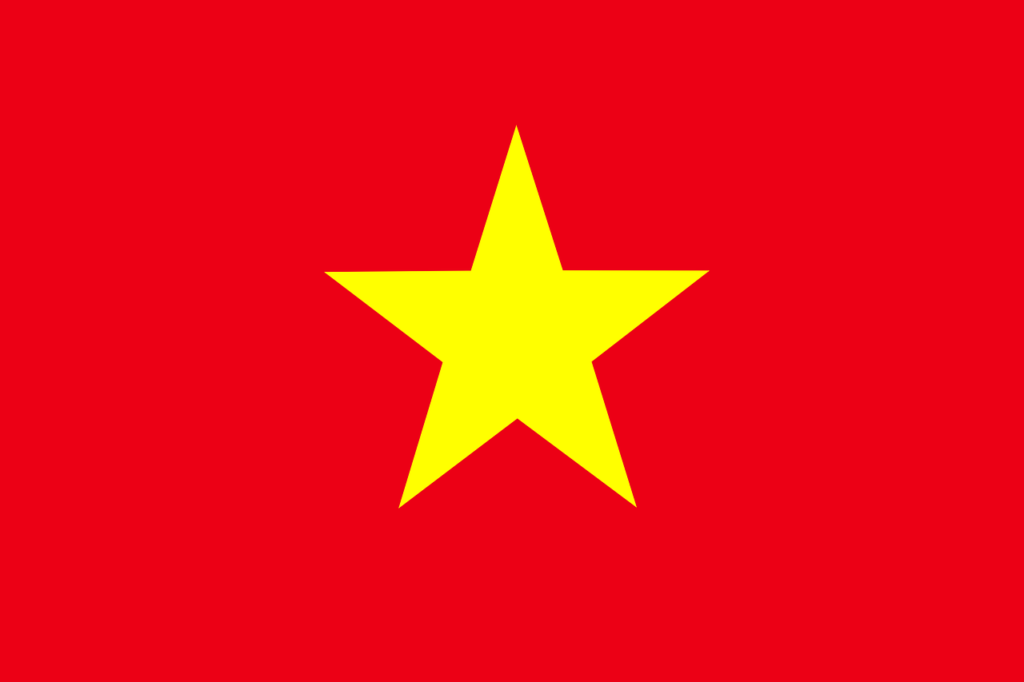
A country with a rich history, diverse landscapes, and a rapidly growing economy.
Southeast Asia is known for its economic dynamism, cultural richness, and natural beauty. The region has been a major hub for trade and cultural exchange for centuries, and it continues to play a significant role in global affairs.

